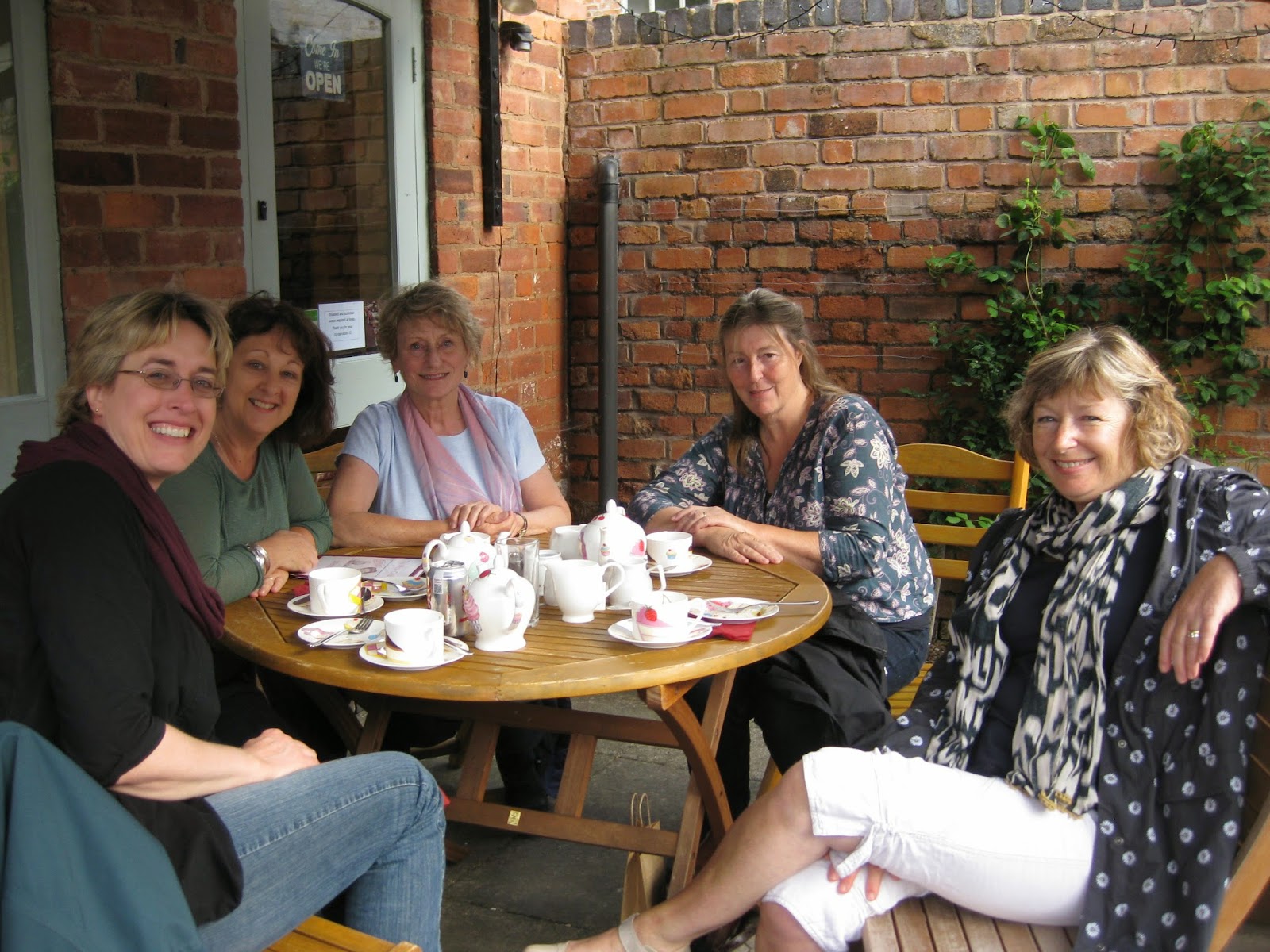Project number two was to redesign the document that went with the Sword of Honour presented to Radley College near Oxford after the Second World War. I have also seen an identical case at Marlborough College. The new document for Radley was to be framed to go with a new glass case for the sword itself in the magnificent new school art gallery.
The work was to be on stretched vellum and took many hours working on the design of the arms. A lot of research is necessary and I have started to keep reference photographs on Pinterest. I have created boards of heraldic reference and I prop up the iPad on my desk to refer to when drawing out, refining and improving the design.
Finally I started work on the real thing. As usual it is traced through an Armenian bole sheet to give a red outline. The lettering is done first, then the gold, then the painting.
All the ruling is still visible and changes to refine the motto scroll...
Creating the metallic effect of the helm, armour and helmets is the most tricky area. This was done using watercolour rather than gouache paint. The final bit is always writing the motto on the scroll. I repeated the red rose from the compartment (that is the grassy mound under the shield) as a break between text areas on the final document.




























